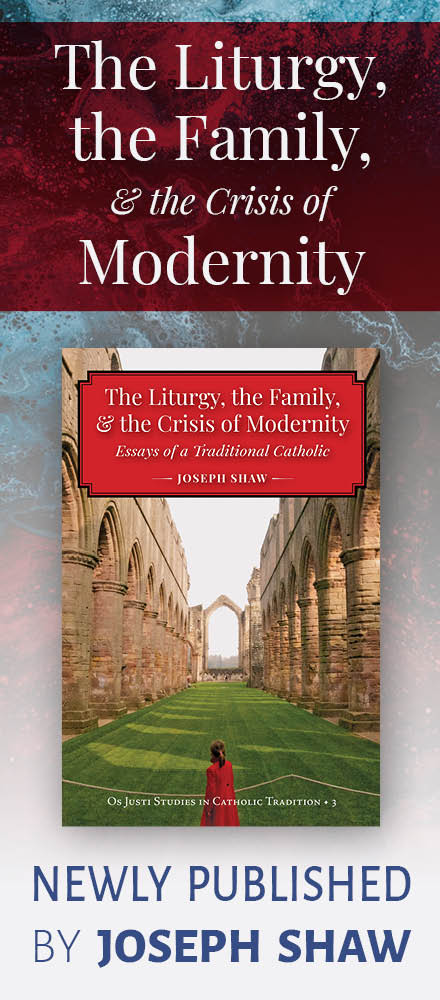(A Dominican Rite Liturgy in Rome)
NLM Introduction
The NLM is pleased to introduce to its readers an important work of liturgical scholarship by Fr. Augustine Thompson, O.P. done in recent months. Fr. Thompson is Professor of Religious Studies and History in the Religious Studies Department at the University of Virginia. He received his doctorate from the University of California, Berkeley, in 1988. He is perhaps best known for a book published in 2005, Cities of God: The Religion of the Italian Communes, 1125–1325 -- a book which won the Howard R. Marraro Prize of the American Catholic Association for the best book on Italian history published in that same year.
Fr. Thompson recently set out to examine the development and transition that took place in the context of the Dominican rite between the period of 1950 (where Fr. William Bonniwell, in his authoritative and classic study, A History of the Dominican Liturgy, left off) up until 1969 when the Dominican Order determined to adopt the post-conciliar Roman Missal of Pope Paul VI. As such, this research can certainly be understood as a continuation and, by virtue of the effective abandonment of the rite in 1969, a completion of Bonniwell's own work.
There is visible, however, the prospect of a growing revival, manifested both in interest and in practice, as regards these other ancient and venerable Western rites. Indeed, with the ever-growing interest in the ancient Roman liturgy, the usus antiquior, particularly now in relation to the recent motu proprio of Pope Benedict XVI, Summorum Pontificum, this prospect seems more real than ever.
It is to be hoped that Fr. Thompson's contribution to this crucial period in the life of the Dominican rite, might help encourage further interest in it.
The entire work of Fr. Thompson is just over 60 pages in length, and I am pleased to inform readers of the NLM that it will be posted in its entirety here in manageablely sized excerpts, fit to this medium.
It is notable as well that this work is still in draft form and Fr. Thompson is quite interested in comments from those who have studied or lived through the events. So please make your comments as you see the pieces in the coming weeks and help Fr. Thompson finalize the form of this study.
Without further ado, we shall (briefly) start the series with Fr. Thompson's own introduction. More to come in future days.
by Fr. Augustine Thompson, O.P., 2007
(Note: Not for re-publishing without approval of Fr. Augustine Thompson)
Fr. William Bonniwell's A History of the Dominican Liturgy chronicled the history of worship in the Order of Preachers from the early thirteenth century to the late 1940s.[1] He probably little expected that, within two decades, the rite he so lovingly described would undergo substantial changes and finally be all but abandoned by the Order. Those who would like a comprehensive description of the Order’s rites as they were in 1950 may consult this book. The purpose of this essay is to describe the changes and reforms affecting the rite during its last two decades, and so effectively to complete Fr. Bonniwell's history. This period may be suitably divided into three parts. The first extends from the 1950 to the 1962. During that period, the rites of the Easter Vigil were modified to reflect reforms in the Roman Rite under Pope Pius XII, and a major overhaul of the calendar and its rubrics were instituted on the model of the revised Roman Missal promulgated by Pope John XXIII in 1962. It was in this same year that the last breviary for the rite was published, with its reforms paralleling the Roman version. The second period, which correlates with the Second Vatican Council, extends from 1962 to the publication of the last Dominican Rite Missal in 1965. This missal, long delayed, responded to the challenge of the conciliar constitution Sacrosanctum Concilium. This missal and the 1962 breviary underwent progressively more radical changes from the time of their publication until 1969, when the order requested and received permission to adopt the post-conciliar Roman liturgy.
Footnotes:
1. 2d. rev. ed. (New York: Wagner, 1945).




















